Most faculty require students to give each other feedback on their work. But when it comes to giving feedback to each other, faculty don’t always make peer feedback a priority. At least that’s the way it is for me. I enjoy sharing feedback with colleagues, but I tend to put it off until the end of the year and then it becomes a scramble.
Our new collective bargaining agreement has language that prompts faculty to think about peer feedback earlier in the academic year and expands choices for completing this requirement. Here are the key changes: we choose our two peer review options from a list of six; and we indicate our peer review choices somewhere in our annual plans. Check with your chair soon about where to include peer review in your annual plan. Our annual plans are due Sept. 16.
Note that this provision applies only to full-time faculty who have advanced through provisional status. Faculty on provisional status have different observation requirements. Adjunct faculty are not required to write annual plans or be observed after their first year.
Depending on your situation, the changes in the provision could make peer feedback easier to complete. It will for me, at least this year. My online ENG 220 course is slated to go through the required peer review process, so that counts for one option. My other option will be taken care of by participating in the Communications Area biennial Capstone review.
Here’s the language from the new contract.
Peer Feedback of Instruction
All faculty will receive peer feedback on two elements of instruction each year, feedback that the faculty member will discuss in their annual report. With the approval of their supervisor, faculty members will choose two of the options listed below:
- A classroom observation by the appropriate supervisor or a designated peer.
- An observation of an online course with the peer reviewer added as a guest in a Moodle shell.
- A small Group Individual Diagnosis (SGID) conducted by the Center for Instructional Excellence in consultation with the faculty supervisor.
- A peer review of a particular assignment or other instructional artifact, such as an assessment, outcomes, class policies, or instructional videos. Reviews may be conducted by faculty in different departments.
- Participation in a departmental assessment or curriculum review, such as the Capstone review in Communications.
- Participation in the Online Course Review Cohort; the online peer review evaluation; ELI Fellows; or the Teaching Fellows program.

